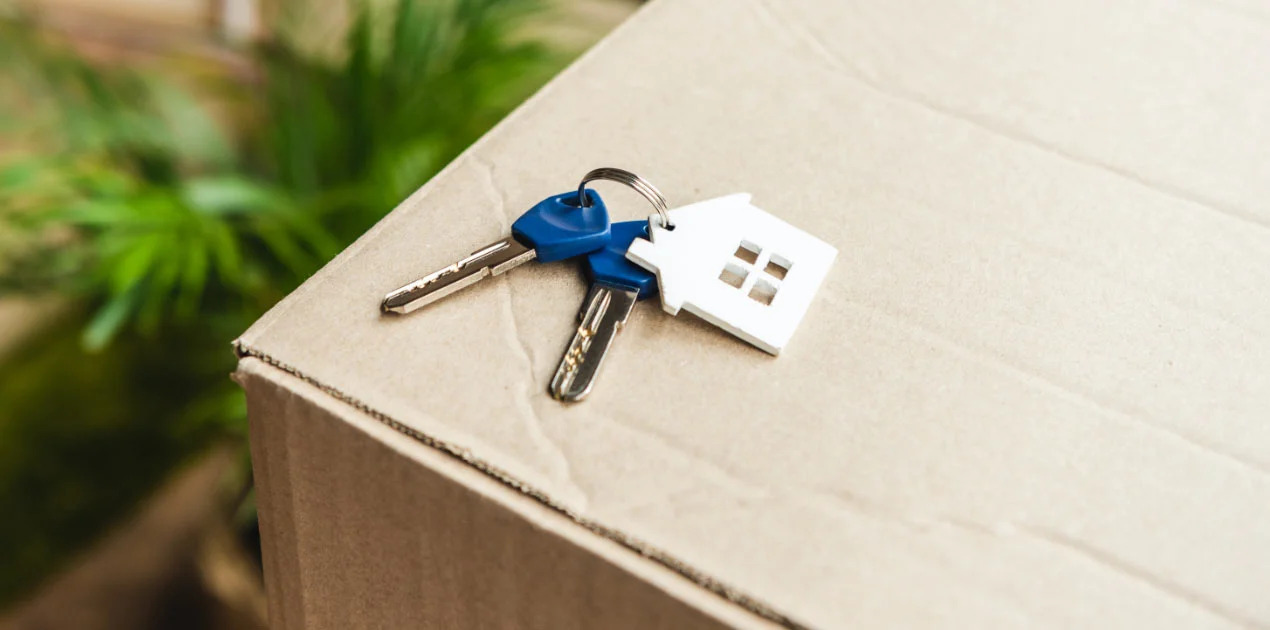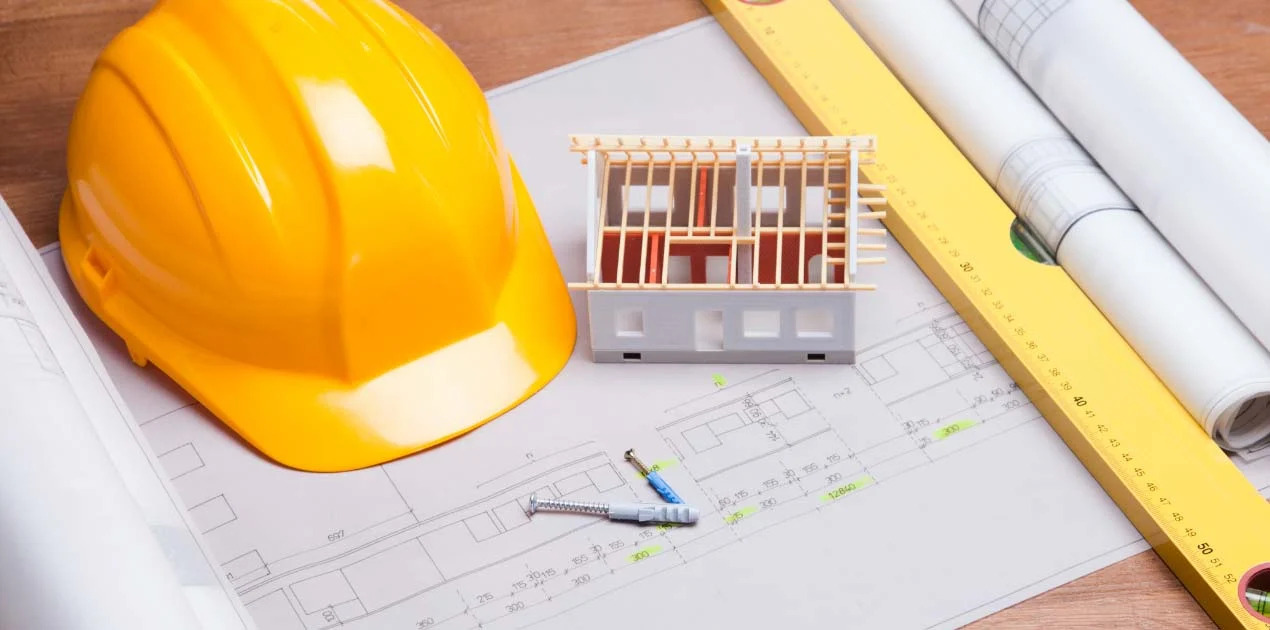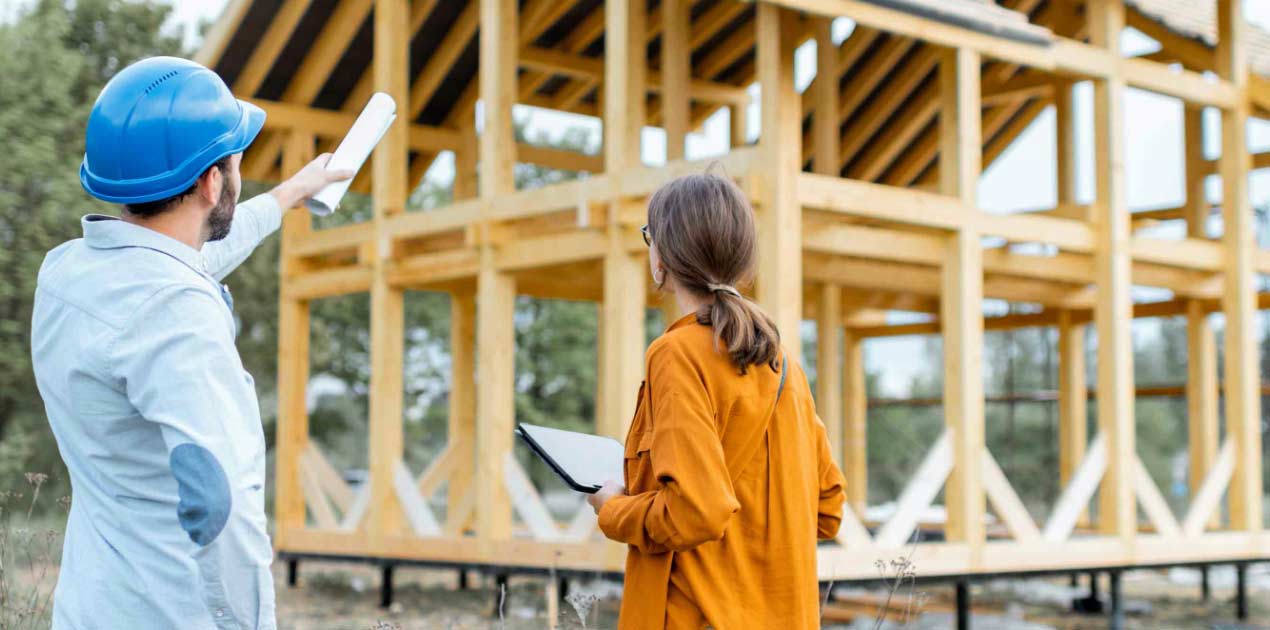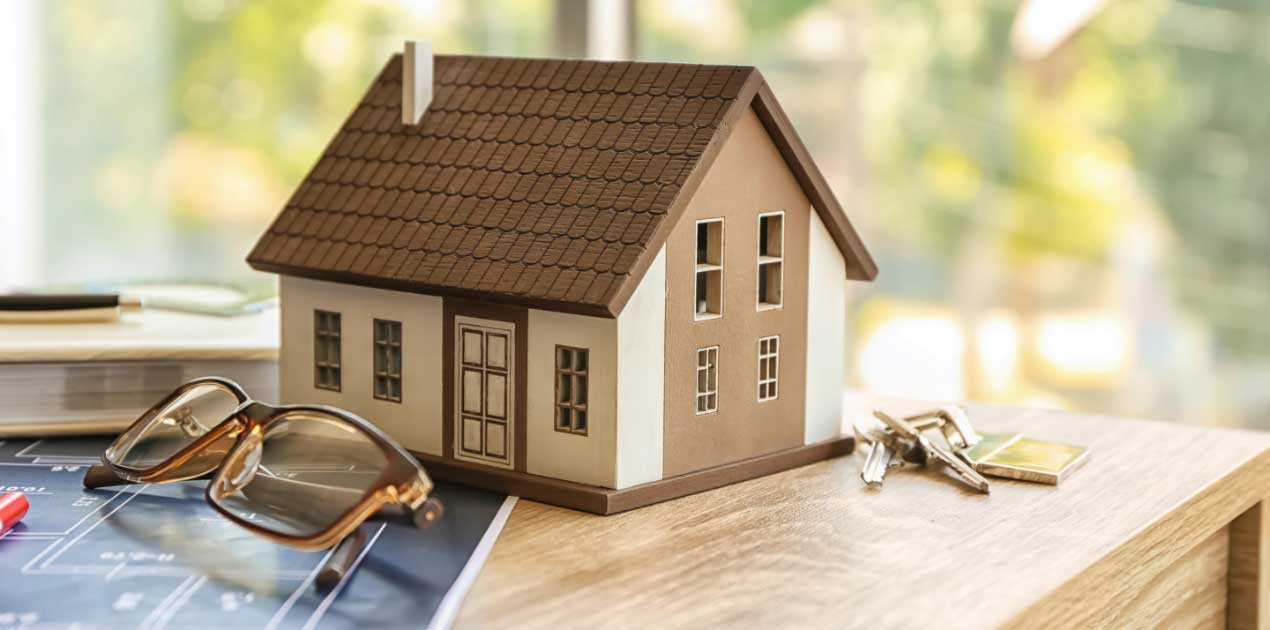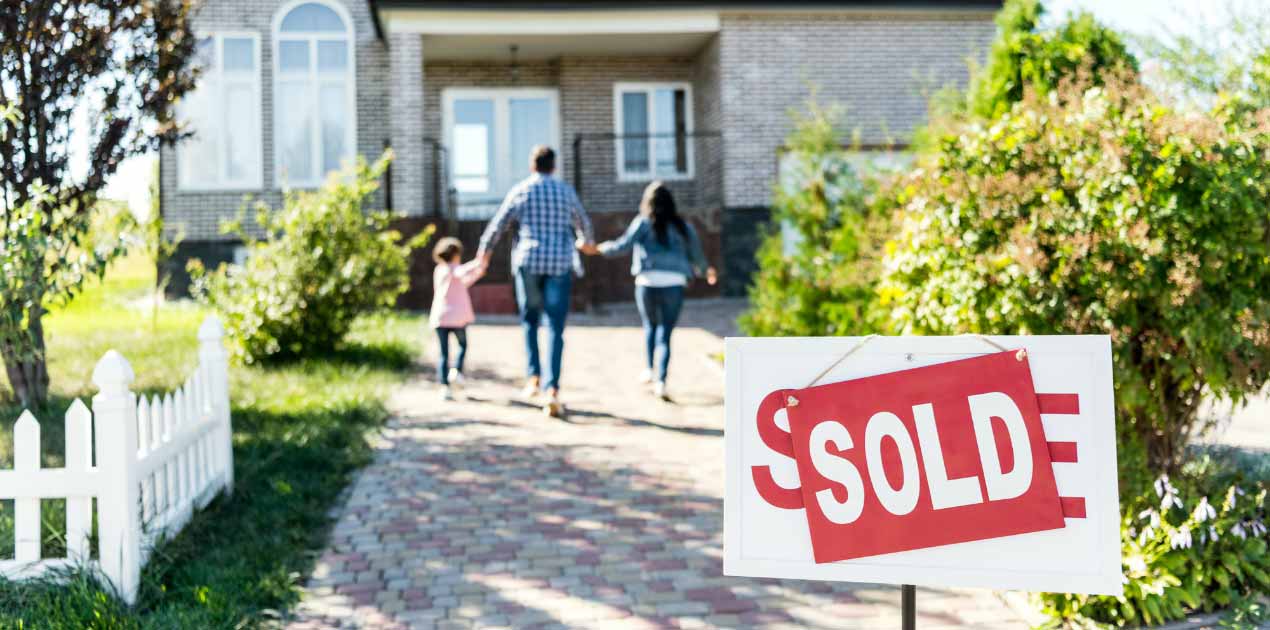Brisbane’s monthly pace of housing value growth held firm at 1.9% in November, making it one of the leading capital cities in the nation and contributing approximately $4,300 per week to the median dwelling value. This strong performance highlights the “two-speed” nature of the Australian market, where mid-sized capitals are pulling away from the decelerating major cities of Sydney and Melbourne.
Leading Segment and Growth Drivers
The unit market continues to record a notably stronger rate of growth than houses.
Low supply levels, relatively more affordable price points, and heightened investor activity are collectively driving the superior performance in the unit sector:
| Market Segment | Monthly Value Change (November) | Annual Value Change |
|---|---|---|
| Units | 2.2% | 16.5% |
| Houses | 1.8% | 13.1% |
Source: Cotality, December 2025
Supply and Affordability Constraints
Extremely tight advertised supply remains the key upside factor keeping upward pressure on prices. Brisbane’s stock levels are among the most constrained nationally, allowing price growth to continue despite significant affordability headwinds. The unit market is particularly affected by this supply shortage:
| Supply and Affordability Metric | Status (November 2025) |
|---|---|
| Advertised Stock (vs. 5-Year Average) | 29% below average |
| Advertised Stock (vs. Last Year) | 19% lower |
| National Value-to-Income Ratio | 8.2x (Near Record High) |
Source: Cotality, December 2025
Outlook and Downside Risks
Upside factors—namely persistent supply scarcity, government stimulus for First Home Buyers (via the expanded 5% deposit guarantee), and surging investor credit growth—continue to outweigh downside risks.
However, the market faces significant headwinds:
- Serviceability: Record high serviceability barriers (45% of gross household income required for median mortgage payment) will likely limit the magnitude of future value growth as credit availability tightens.
- Interest Rates: Stable and high interest rates are expected to remain for an extended period, which prevents a material boost to borrowing capacity and exacerbates serviceability issues.
- Regulatory Measures: New macroprudential credit tightening, including a 20% limit on high Debt-to-Income (DTI) ratio lending, signals regulatory vigilance, especially given that investors currently account for a high percentage of home lending.
Overall, while housing values are expected to continue rising through 2026, the pace of gains is likely to slow down as affordability and serviceability constraints impose a natural ceiling on housing prices.




